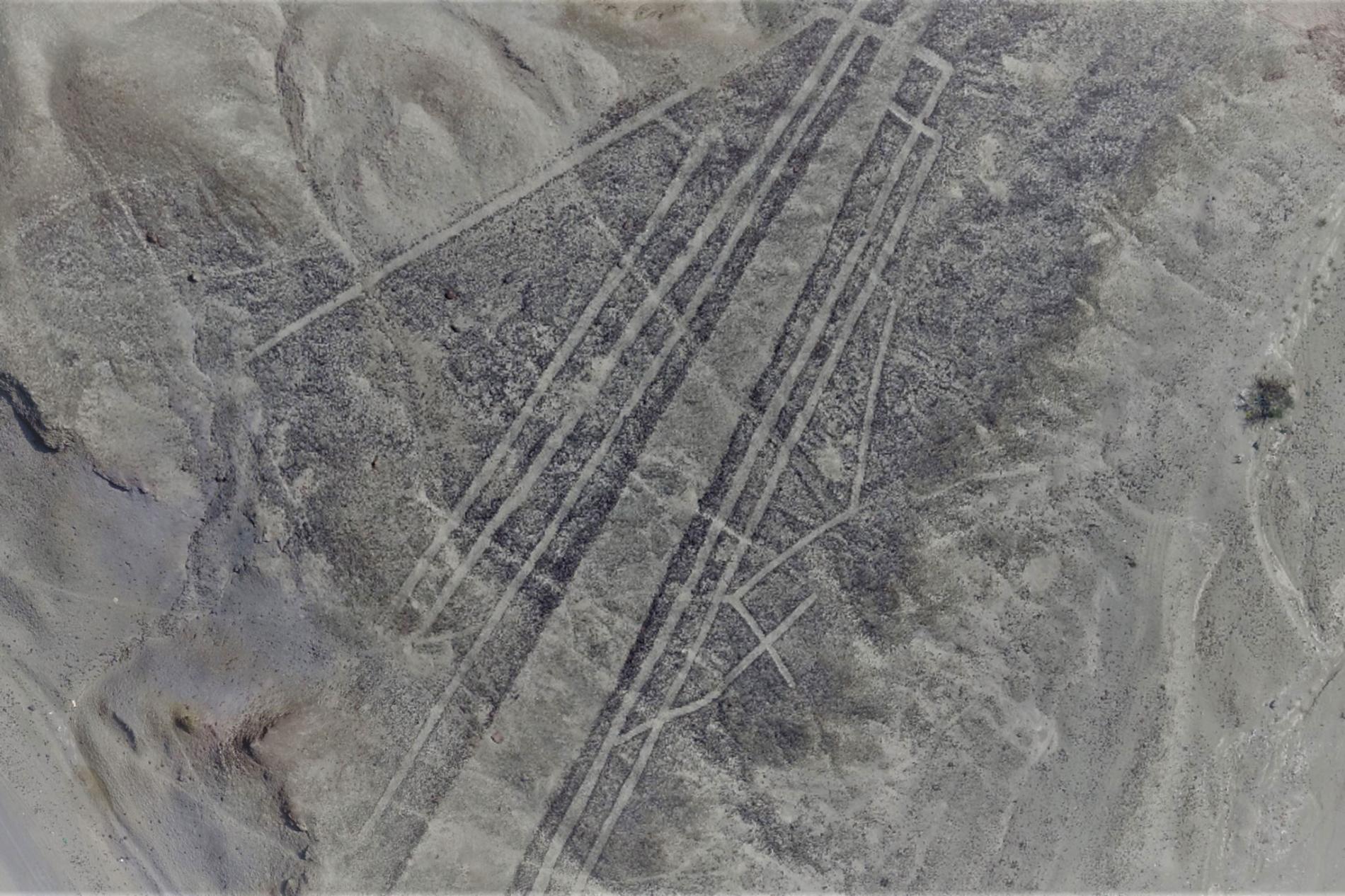Drone Footage Reveals New Nazca Lines in Peru
An image of the newly-discovered Nazca lines, which are too fine to be easily seen by the human eye, but are visible to low-altitude drones. (Image credit: Luis Jaime Castillo, Palpa Nasca Project)
National Geographic reported last Thursday that Peruvian archaeologists have discovered over 50 new samples of the 'Nazca Lines' etched into the desert of southern Peru. The newly-discovered lines were captured on video by low-altitude drones in December of 2017.
The Nazca Lines are a series of geoglyphs, or ground drawings, that have intrigued scientists for decades. These mysterious designs have inspired the imaginations of many UFO researchers, too, since they are best visible from the air. Ufologists have speculated that they could be a message to extraterrestrial visitors, or even some sort of landing site for alien spacecraft. Most archaeologists, however, believe them to be the remains of a little-understood ritual practice that may have been tied to the rain--an element of particular importance to ancient people.
Unlike the previously discovered Nazca Lines, many of the new geoglyphs were carved into hillsides, making them visible from the ground to the villages that existed underneath. Also in contrast to the earlier known lines, the new discoveries feature representations of humans, instead of the more common geometric shapes.
The new discovery comes after recent concerns involving the threat of destruction to these important archaeological sites, including a 2014 Greenpeace demonstration that damaged a portion of the well-known "hummingbird" Nazca design.

